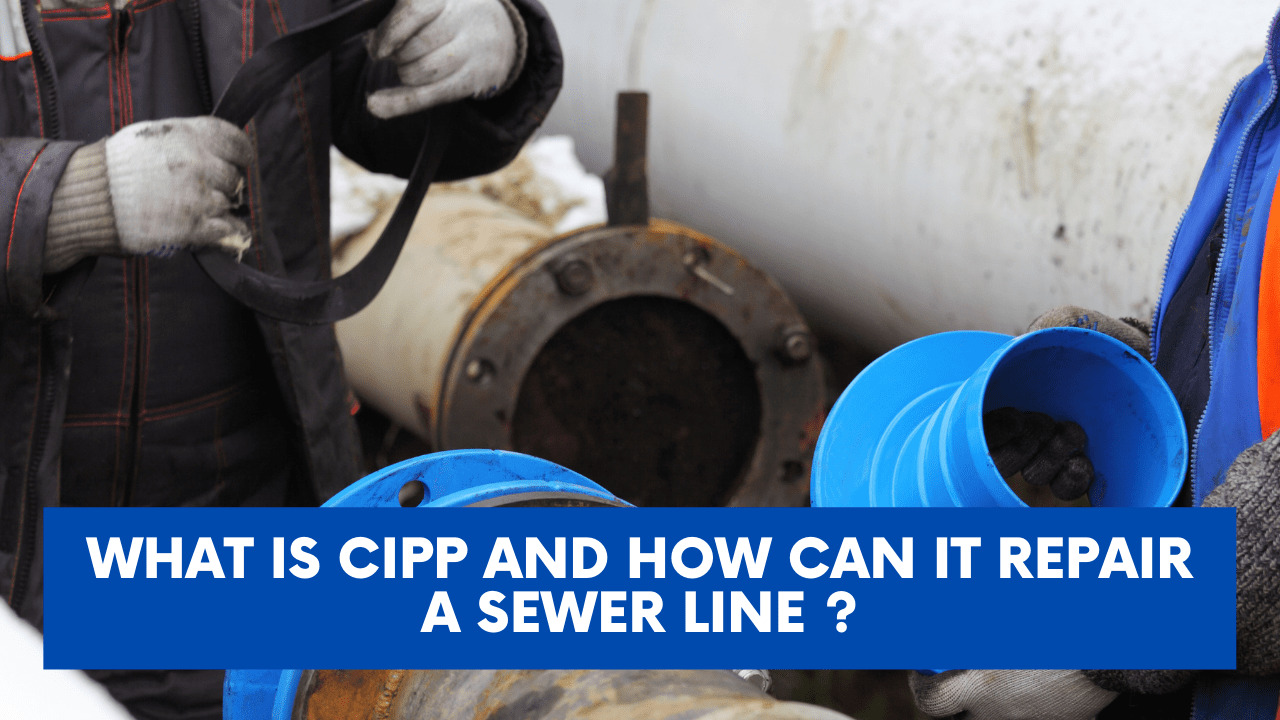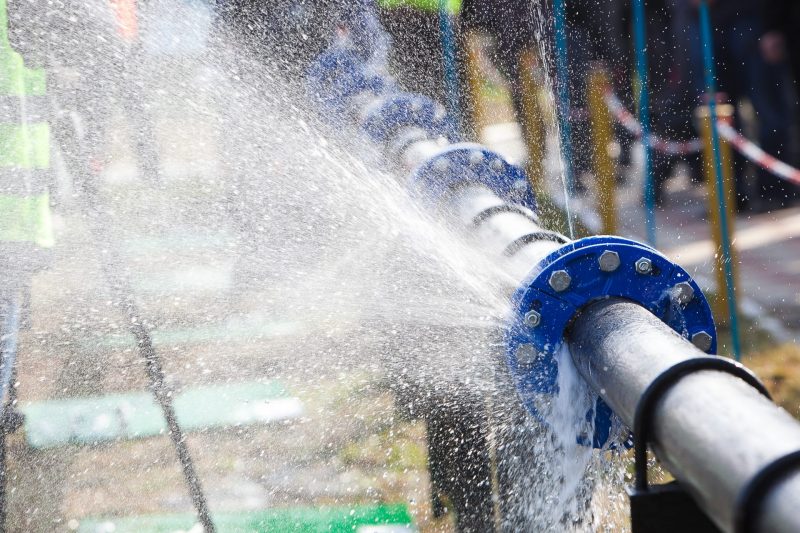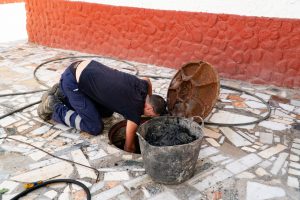The cured-in-place pipe (CIPP) is the most popular repair method for various water pipelines. In the United States alone, this breakthrough technique is responsible for mending over half of all broken pipes.
It’s the most popular method for repairing broken water ducts since it eliminates the need for additional digging. This low-cost, simple-to-install solution has attracted millions of businesses all over the world.
When you run a business infrastructure like a hospital, a school, or a restaurant, you’ll want to fix pipe issues cheaply and fast. This strategy can be the solution, as standard processes require digging up the soil to repair or replace it.
You may receive a quote or purchase CIPP liners from us if you wish to rest out this revolutionary approach. To learn more, read the article!
Table of Contents
What Is CIPP?
For most people, CIPP is gradually becoming the preferred method of fixing leaky and broken sewage pipes. Many sewage pipe concerns are handled thanks to this adaptable approach, which eliminates the need for digging and huge building sessions.
By eliminating the need for a lengthy repair or a total pipe system replacement, this no-dig technology may save you time and money. It may be used to repair small and long parts of pipelines that don’t require a size change.
How Does It Work?
Because CIPP doesn’t need to dig up the pipes, workers must first cut and assemble the felt and fiberglass liner. Before the primary installation, it’s soaked with materials like epoxy, polyester, or vinyl ester resin.
After being combined manually or with an automatic mechanical mixer, the compound is poured by hand or pulled into the liner that has already been cut. Finally, the liners are rolled to check that the resin has penetrated the fibers.
Because it may include semi-volatile and organic molecules that are volatile, and thermally sensitive substances, the resin-filled liner is normally kept refrigerated until used. This resin tube, which is uncured, is frequently inserted or shoved into a broken pipe filled with water and inflated with forced water or air.
It’s then treated by hot water circulation, using UV radiation, or pushing steam from one end to the other regularly. To boost durability, plastic coatings are used on occasion placed both inside and out of the resin tube that hasn’t been cured.
When the accelerated curing process is finished, the CIPP’s hardened ends are cut and removed. Cutting perforations in the pipe walls restores connections to pipe laterals. To summarize, during CIPP lining, a heavy-duty material is cured of the old pipe, resulting in the creation of a new tube within the existing one.
What Are The Pros And Cons?
Because it’s a trenchless approach, the fundamental advantage of CIPP is that it doesn’t need digging to replace broken or leaky pipes. Although the liner is commonly installed through a utility hole or other existing access points, excavation may be required depending on the design issue.
In the case of sewage lines, lateral connections are restored using remote-controlled equipment that drills a hole towards the spot without the need for excavation. While CIPP can help with pipe bends, certain design considerations must be considered to prevent wrinkling and straining.
In comparison to CIPP, traditional pipe repair or replacement work may take weeks. The trenchless approach is particularly cost-effective because operations are generally done in less than a day.
The amount of time spent excavating is minimized, and the need for digging may be avoided, resulting in fewer business disruptions. It may also enhance the flow rate of your water and the efficiency of your sewage system, resulting in less debris buildup in the pipelines.
The drawback of CIPP may be traced back to the odor produced by the substances utilized during the process. During the pipelining technique, residents may smell plastic or glue for a short period after it is completed. The liner resin has an odor, although it has been reported to have no negative health effects.
Most people propose blocking any floor drains and rarely-used sinks with water to prevent scents from entering a house or company via the private sewage line. This water builds up in the P-trap, preventing sewage odors.
Final Thought
The CIPP method is a cost-effective and innovative technique that exceeds expectations. It’s a modern technique that replaces the traditional excavation processes in both cost and time needed to complete the process. In the end, it’s one of the many advances that construction technology has reached to benefit humanity in the long run.







